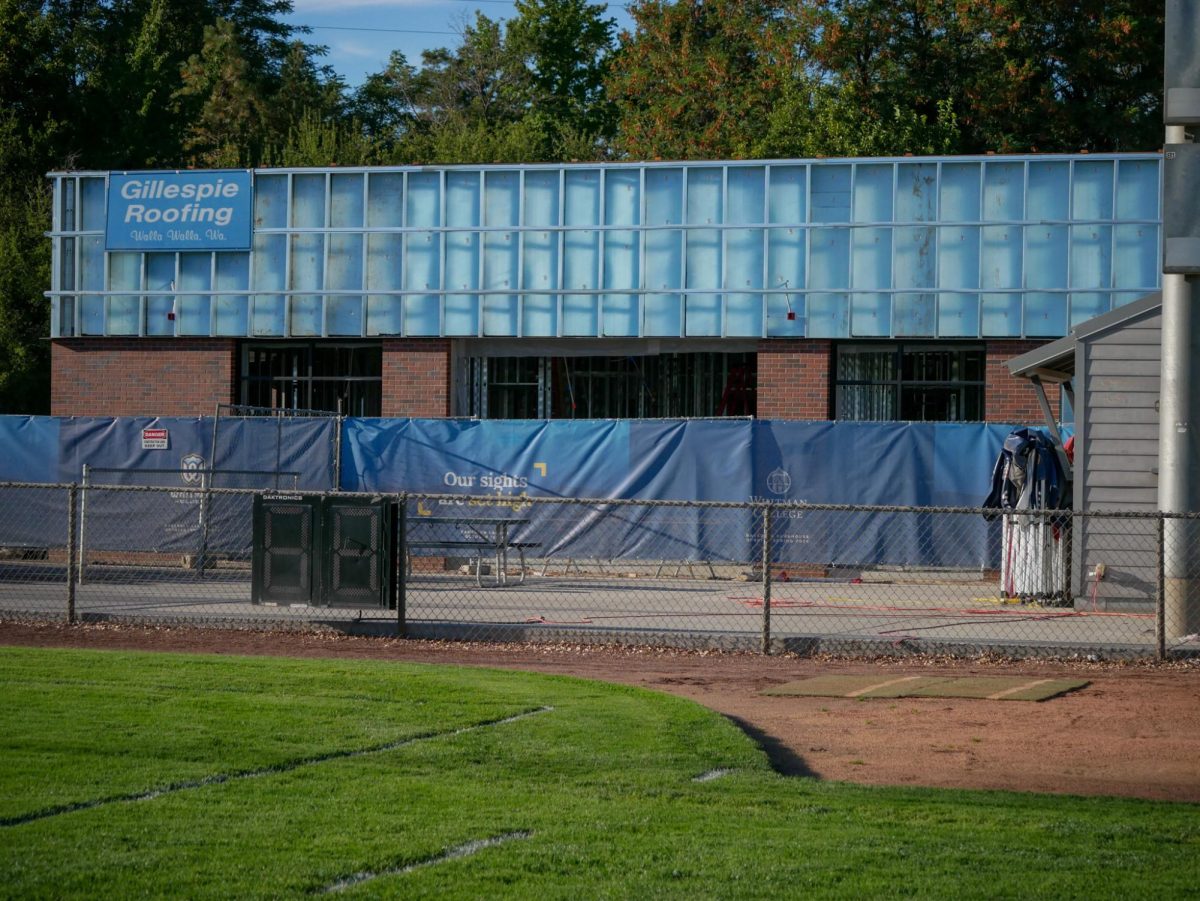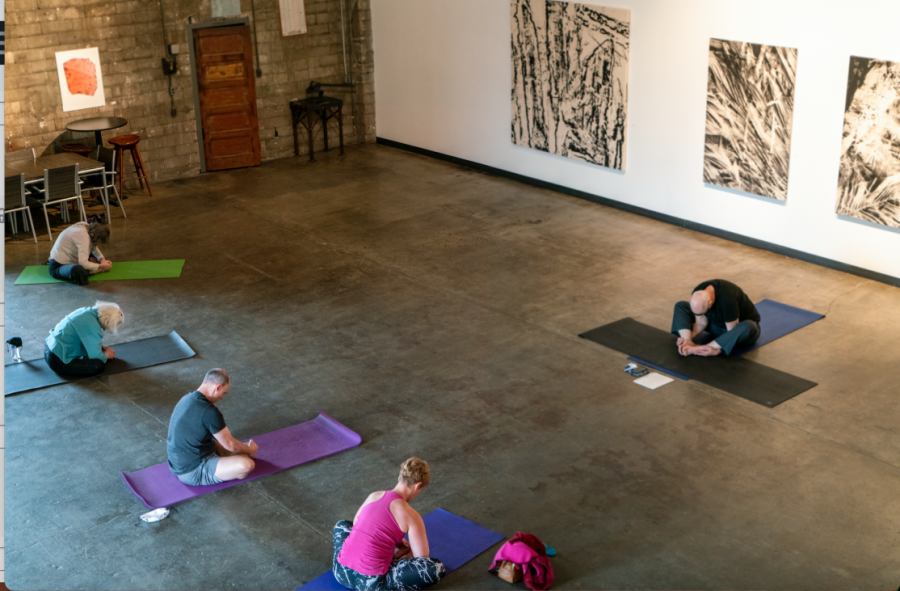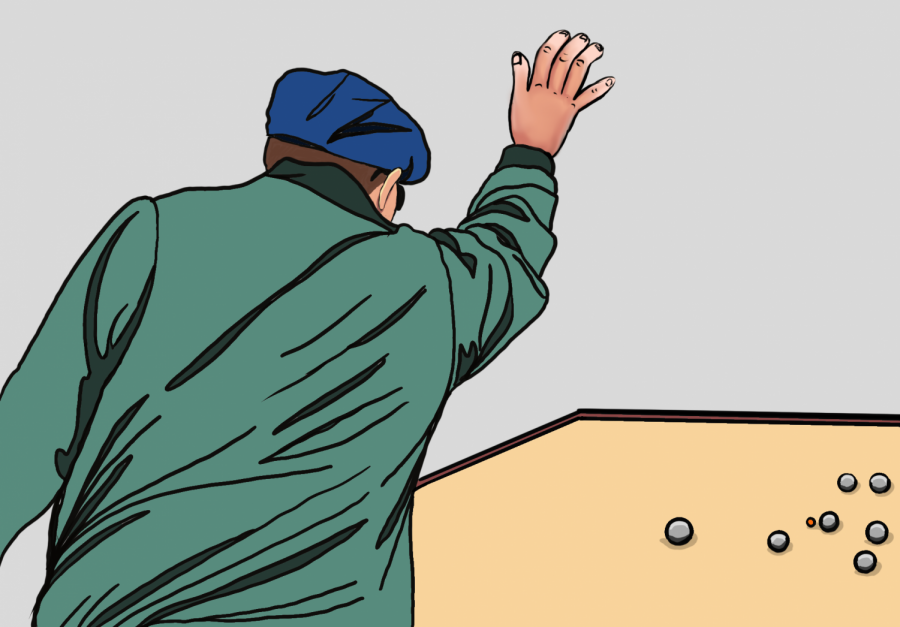
Three thousand people are crammed into Borleske field, wildly cheering and chanting, “Kill him! Kill him!” at the collegiate men seeking to batter, bruise and destroy opponents on the field in the search of an elusive victory. This was Whitman football in its prime.
For most Whitties today, this scene seems far-fetched, even inplausible, and understandably so: considering it has been just under 35 years since the football program was cut. The Missionary football team had a tumultuous 85-year existence, and given the amount of national attention it recieved and the influence it had on students, it is amazing how little Whitties today know about the history of football at Whitman.
Whitman football was born in 1892 as a way to improve student-body recruitment. However, it did more than just help the school’s numbers.
“The game instilled a sense of community to the college as a whole,” said G. Thomas Edwards, former professor of history, emeritus at Whitman in “A Sketchy History of Whitman Football: Excitement and Controversy.”
Collegiate football in the late 1800s was not the orderly, regimented game we see today with many precautions and rules to keep players safe.
Football was about winning, period.
A common tactic for teams was to hunt down and attempt to injure an opposing teams’ players.
“Winning took precedence over moral scruples and amateur principles,” said Edwards.
The sport was very dangerous and, because of that, at times controversial at Whitman. Death was a distinct possibility: in 1905, 18 collegiate players across the nation died from football-related injuries. Whitman football was suspended for three seasons after a player was seriously injured in 1893, and missed the final games of several seasons due to a dearth of uninjured players. The danger football posed caused its place at Whitman to be questioned several times.
Despite frequent controversy, football thrived at Whitman. In the early 1900s, roughly 90 percent of the men on campus were varsity athletes; the Missionaries boasted three men’s football teams.
Whitman entered its football golden age in 1915 with the hiring of R.V. “Nig” Borleske, a former student and football player for Whitman.
“‘Nig’ Borleske was Whitman’s equivalent of Knute Rockne,” said Edwards glowingly.
Although his tenure started inauspiciously, with a losing season and a 120-0 slaughter at the hands of the University of Washington, Borleske turned the faltering football program around.
In 1921 Whitman won its first Northwest Conference Championship.
“[The championship] helped Borleske win campus and alumni support,” Edwards writes. These things were essential for the continuation of the program.
By his retirement in 1947, Borleske totaled five Conference championships and also inspired the construction of the 5,000-seat Borleske Field. As one of the most influential figures in Whitman sports history, Borleske is appropriately remembered every year at the Varsity Athletics banquet, where the top varsity athlete honor is the Borleske Award.
After Borleske left Whitman, the football program fell into disarray. Whitman was marred by losing season after losing season. Football was only surviving because of its tradition.
“It was important to the community. Homecoming was a major event with an impressive parade, homcoming court, a big dance and returning alumni,” said Edwards.
Despite an entire restructuring and re-staffing in 1967, varsity football at Whitman continued towards its dramatic conclusion through the late 1960s.








